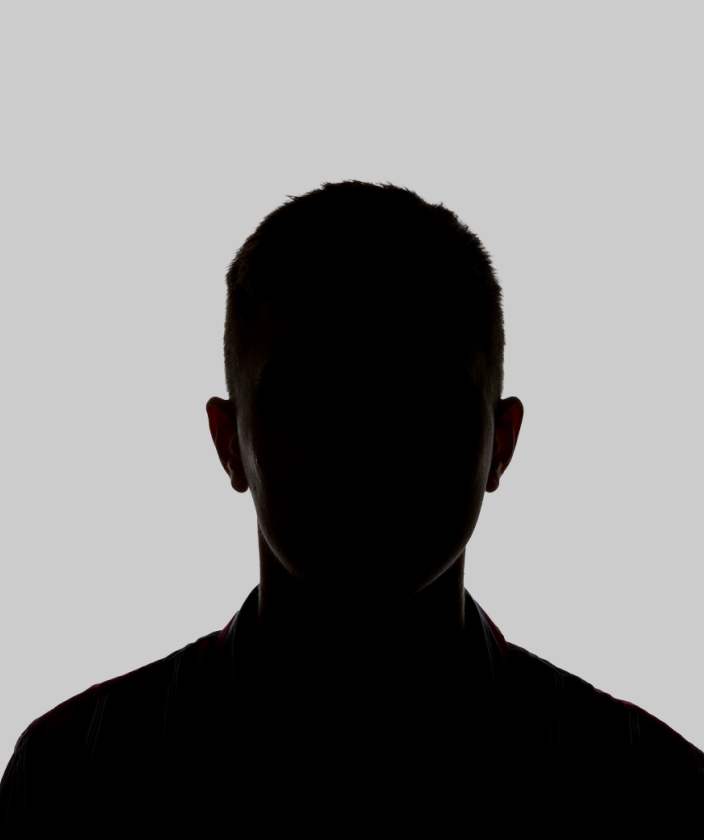On September 11, 2001, Amy Zelson Mundorff, then New York City’s first full-time forensic anthropologist, was dispatched to the World Trade Center site following the terrorist attacks. While assessing the damage, she was caught in the collapse of the South Tower, sustaining serious injuries, including compression fractures in her neck, a traumatic brain injury, and a lung disease from inhaling toxic dust. Despite these injuries, Mundorff returned to work just two days later, joining the massive effort to identify the victims of the attacks.
In the aftermath of 9/11, the Office of the Chief Medical Examiner in New York City faced the daunting task of identifying thousands of human remains. Traditional autopsies were deemed unnecessary, as the cause of death was evident. Instead, the focus shifted to identification. A rule of thumb emerged: any human fragment larger than a thumbnail would undergo DNA testing. Through DNA analysis, dental records, personal effects, tattoos, and prostheses, the team managed to identify 1,480 of the 2,792 victims. Mundorff emphasized the ongoing commitment to this work, stating, “Our chief has promised the families it will never be over.”
Mundorff’s experiences during this period profoundly influenced her career trajectory. After completing her Ph.D. in Canada in 2009, she joined the University of Tennessee, Knoxville, as an associate professor of anthropology. There, she continued her work in forensic science, conducting groundbreaking research and mentoring the next generation of forensic anthropologists. One of her notable projects involved testing every bone in the human skeleton to determine which yielded the best DNA for identifying human remains—a study inspired by her observations during the 9/11 recovery efforts.
Beyond her research, Mundorff has been instrumental in developing new methods for mass fatality management. Collaborating with international experts, she has worked on creating efficient techniques for collecting postmortem samples in disaster scenarios, ensuring that even in the most challenging circumstances, victims can be identified, and families can find closure.
Mundorff’s dedication to her field and her resilience in the face of personal trauma serve as an inspiration. Her work underscores the importance of forensic science in providing answers and solace to those affected by tragedy. As she continues to push the boundaries of her discipline, Mundorff remains committed to the principle that every victim deserves to be identified and remembered.
Cited sources
https://www.nhregister.com/news/article/CT-native-a-hero-of-9-11-helped-identify-16444598.php
https://www.wbir.com/article/news/local/recovery-and-remembrance-ut-anthropologist-caught-in-tower-collapse-recalls-efforts-to-identify-victims-after-wtc-attack/51-888628ba-bf91-4757-b9e2-8c3f48553bb4
https://medicine.yale.edu/news/yale-medicine-magazine/article/giving-names-to-the-dead-in-the-wake/


